Car photography isn’t just about snapping pictures of vehicles; it’s an art form that requires skill, creativity, and technical know-how. Whether you’re a professional photographer or an enthusiast with a smartphone, capturing stunning images of cars can be immensely rewarding. In this comprehensive guide, we’ll delve into the world of car photography, covering everything from essential equipment to advanced techniques, and even how to market your work effectively.
Table of Contents
Essential Equipment for Car Photography
When embarking on your journey into car photography, having the right gear at your disposal is paramount. Quality equipment not only enhances the technical aspects of your images but also empowers you to unleash your creativity and capture the essence of automotive beauty. Here’s a closer look at the essential equipment every aspiring car photographer should consider:
Cameras
The cornerstone of any photographer’s toolkit, the camera you choose plays a pivotal role in shaping the outcome of your shots. While traditional high-end DSLRs reign supreme in terms of image quality and versatility, don’t underestimate the capabilities of modern smartphones. With advancements in technology, smartphones have become formidable contenders, capable of capturing impressive images with ease. Whether you opt for a DSLR or a smartphone ultimately boils down to your budget, preferences, and shooting requirements.
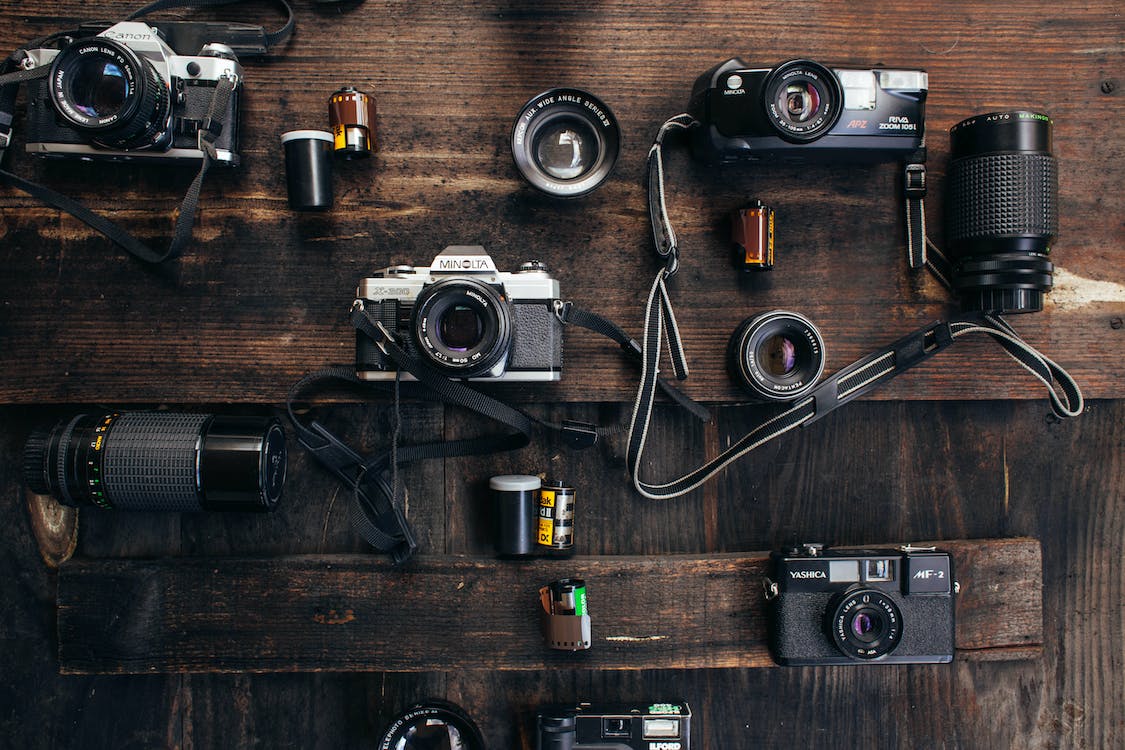
For instance, DSLRs offer a myriad of manual controls, interchangeable lenses, and superior image sensors, making them ideal for professional photographers seeking unparalleled flexibility and image quality. On the other hand, smartphones offer convenience, portability, and an array of built-in features, making them perfect for enthusiasts looking to hone their skills without breaking the bank.
Lenses
Arguably one of the most crucial components of a photographer’s arsenal, lenses have the power to transform ordinary scenes into extraordinary works of art. When it comes to car photography, choosing the right lens can make all the difference in capturing the grandeur and intricacies of automobiles.
Wide-angle lenses are a favorite among car photographers for their ability to capture expansive views and accentuate the sleek lines and curves of vehicles. Whether you’re photographing a vintage classic or a modern supercar, a wide-angle lens allows you to encompass the entire scene in all its glory, immersing viewers in the breathtaking beauty of automotives.
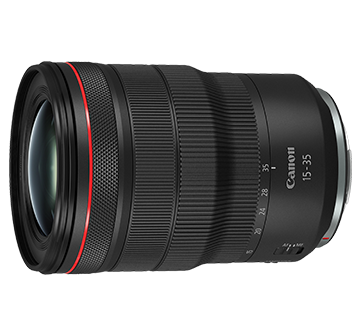
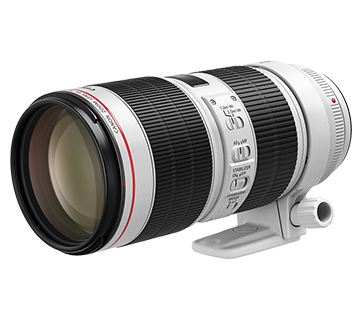
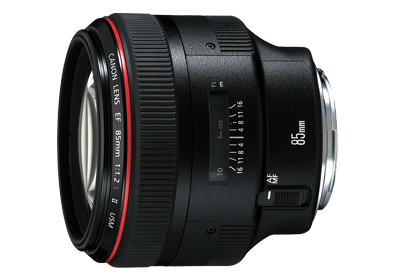
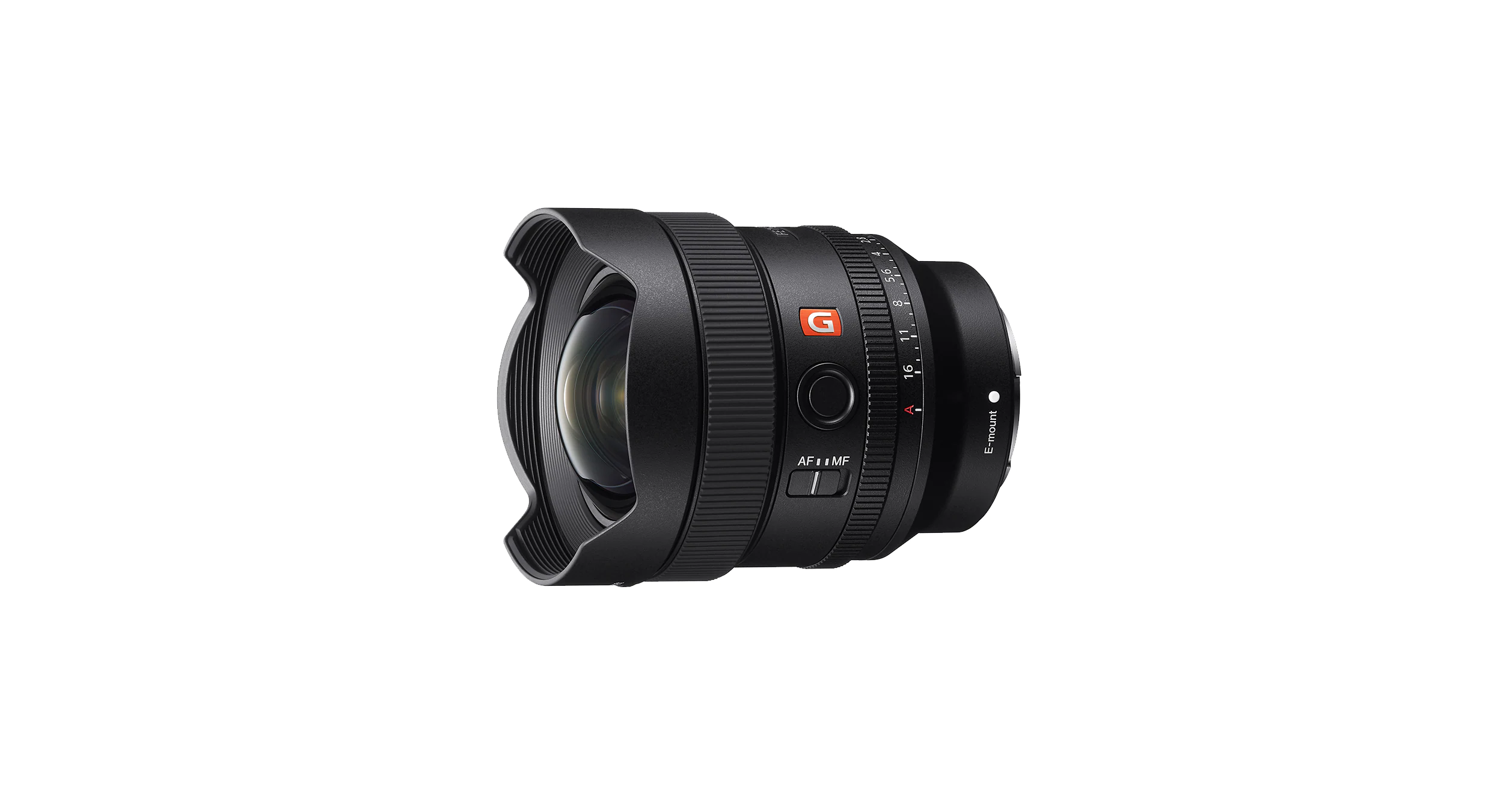
Alternatively, telephoto lenses offer a different perspective, allowing you to zoom in on specific details and isolate elements within the frame. From capturing the intricate design of a car’s grille to highlighting the intricate details of its interior, telephoto lenses enable you to create compelling compositions and evoke emotion through your imagery.
Tripod
In the realm of car photography, where precision and stability are paramount, a sturdy tripod is indispensable. Whether you’re shooting in low-light conditions, experimenting with long exposures, or striving for razor-sharp clarity, a tripod provides the stability and support necessary to achieve flawless results.
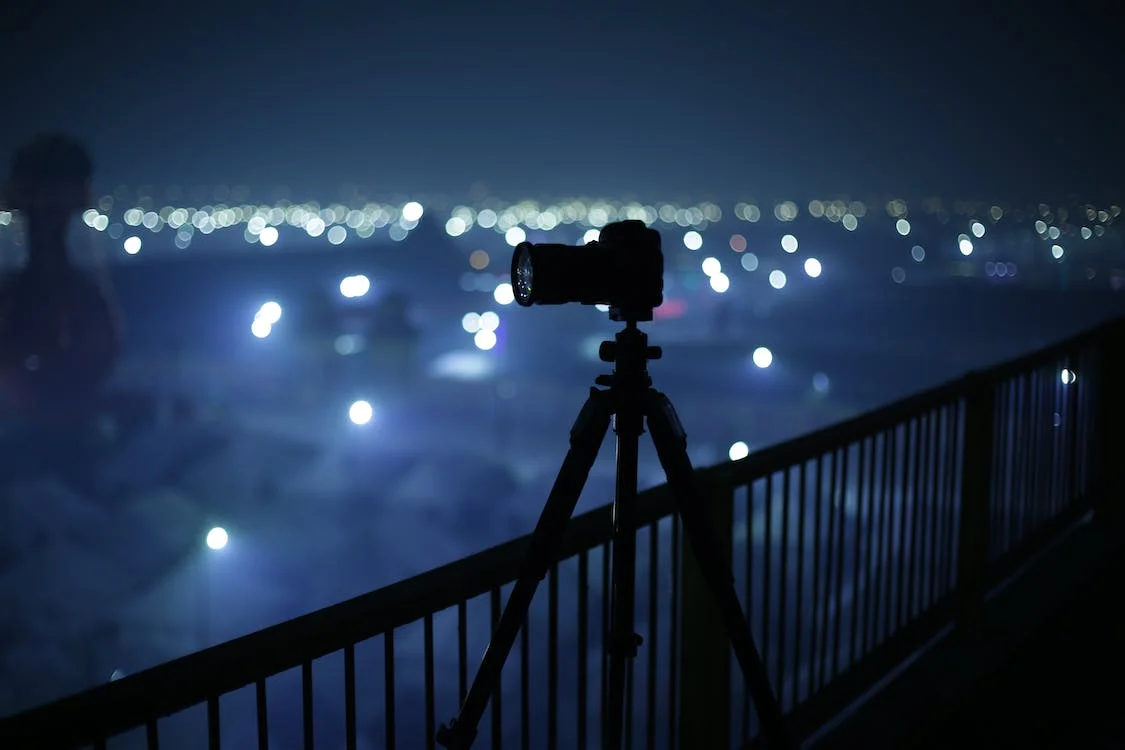
Imagine capturing the mesmerizing glow of city lights reflecting off the sleek surface of a luxury sedan or the breathtaking beauty of a sunset casting a warm, golden hue over a vintage convertible. With a tripod by your side, you can confidently explore creative techniques such as light painting, HDR photography, and time-lapse sequences, knowing that your camera remains steady and secure throughout the shoot.
Lighting Equipment
Lighting is the lifeblood of photography, and in the realm of car photography, it takes on a whole new level of importance. Whether you’re shooting in natural sunlight or setting up elaborate studio lighting setups, mastering light is essential for achieving professional-looking results.
Natural sunlight provides a soft, diffused glow that enhances the colors and contours of vehicles, casting captivating shadows and highlights that add depth and dimension to your images. However, harnessing the power of natural light requires careful planning and timing, as the angle and intensity of sunlight can vary throughout the day.
On the other hand, artificial lighting offers unparalleled control and consistency, allowing you to sculpt and shape light to suit your creative vision. From softboxes and strobes to LED panels and reflectors, there’s a plethora of lighting equipment available to help you achieve stunning results in any setting. Whether you’re shooting in a makeshift garage studio or an expansive outdoor location, proper lighting techniques can elevate your car photography to new heights of excellence.
Location and Setting Selection
Selecting the right location and setting is akin to choosing the perfect stage for a performance—it sets the scene and establishes the mood for your car photographs. By carefully considering factors such as lighting, background, and ambiance, you can elevate your images from ordinary snapshots to captivating works of art.
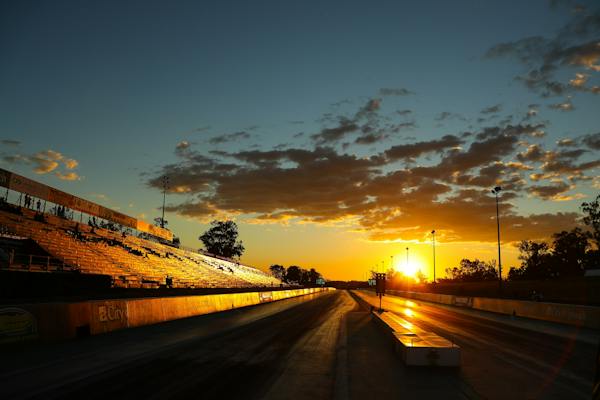
Natural vs. Artificial Lighting
One of the fundamental decisions you’ll need to make when planning a car photography shoot is whether to rely on natural light or incorporate artificial lighting. Each option offers its own set of advantages and challenges, and the choice ultimately depends on the look and feel you want to achieve in your images.
Natural light has a magical quality that can lend a soft, flattering glow to your car photographs. Whether it’s the warm hues of sunrise or the golden hour’s soft, diffused light, natural sunlight has a way of enhancing colors and textures, creating images that feel vibrant and alive. However, working with natural light requires careful timing and planning, as the angle and intensity of sunlight can change rapidly throughout the day.
On the other hand, artificial lighting provides photographers with greater control over the mood and atmosphere of their images. From studio strobes and softboxes to portable LED panels and speedlights, artificial lighting allows you to sculpt light to your liking, creating dramatic effects and highlighting specific features of the car. While artificial lighting offers flexibility and consistency, mastering it requires practice and technical know-how.
Outdoor vs. Indoor Locations
The choice between outdoor and indoor locations can significantly impact the look and feel of your car photographs. Each setting offers unique opportunities and challenges, and understanding their strengths and limitations is key to capturing stunning images.
Outdoor settings provide photographers with vast landscapes and dynamic backdrops that can add depth and dimension to their images. Whether it’s a rugged mountain road, a picturesque coastal highway, or an urban cityscape, outdoor locations offer endless possibilities for creative compositions and breathtaking vistas. Additionally, outdoor shoots allow photographers to harness the beauty of natural light, resulting in images that feel authentic and immersive.
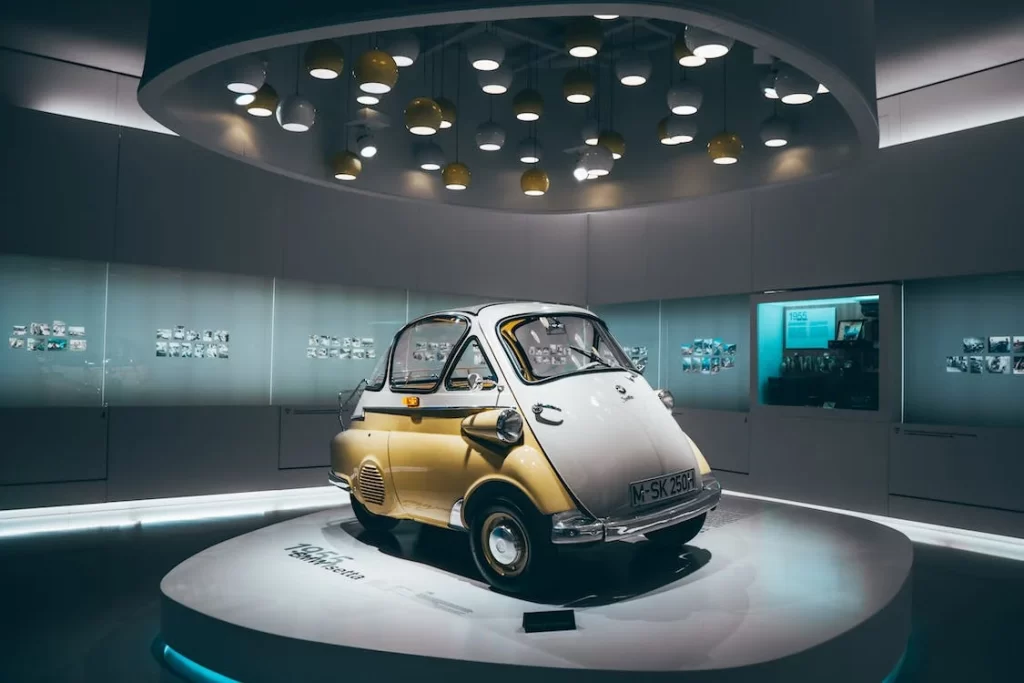
On the other hand, indoor locations offer controlled environments and creative lighting possibilities that can elevate your car photography to new heights. Whether it’s a spacious warehouse, a sleek showroom, or a custom-built studio set, indoor locations provide photographers with the freedom to experiment with different lighting setups and compositions without worrying about unpredictable weather conditions or external distractions. Additionally, indoor shoots offer privacy and convenience, allowing photographers to focus solely on capturing the beauty of the car without any outside interference.
Background Considerations
Regardless of whether you choose an outdoor or indoor location for your car photography shoot, paying attention to the background of your shots is crucial for creating visually compelling images. The background serves as the canvas against which the car is showcased, and it should complement the vehicle without distracting from its beauty.
When selecting a background for your car photographs, consider factors such as color, texture, and composition. Avoid cluttered or busy backgrounds that compete for attention with the car, and opt for clean, unobtrusive backdrops that allow the vehicle to take center stage. Whether it’s a scenic landscape, an architectural landmark, or a simple wall, the background should enhance the overall aesthetic of the image and contribute to the narrative you’re trying to convey.
Composition Techniques for Car Photography
Mastering composition is essential for creating visually appealing car photographs that capture the viewer’s attention and evoke emotion. By employing various composition techniques, photographers can enhance the aesthetic quality of their images and create dynamic visual narratives. Here are some key composition techniques to master in car photography:
Rule of Thirds

The rule of thirds is a fundamental principle of composition that involves dividing the frame into thirds both horizontally and vertically, creating a grid of nine equal sections. According to this rule, the most visually pleasing compositions occur when key elements of the scene are positioned along these lines or at their intersections.
In car photography, applying the rule of thirds can help create balanced and harmonious compositions that draw the viewer’s eye towards the main subject—the car. For example, positioning the car along one of the vertical thirds lines can create a sense of movement and direction, while placing the horizon along one of the horizontal thirds lines can add depth and interest to the image.
Leading Lines

Leading lines are natural or man-made elements within a scene that guide the viewer’s eye towards the main subject—the car. These lines can be roads, fences, buildings, or any other element that creates a sense of directionality and movement within the frame.
In car photography, incorporating leading lines can add depth and dynamism to the composition, leading the viewer’s eye towards the car and creating a sense of visual flow. For example, a winding road leading towards the car can create a sense of anticipation and excitement, while a row of trees or a fence can create a sense of rhythm and repetition, drawing the viewer’s eye towards the focal point of the image.
Tips for Capturing Dynamic Shots
Capturing dynamic shots of cars is an art form that requires a blend of technical skill and creative vision. From exploring different angles to harnessing the power of motion blur, there are several tips and techniques that can help photographers infuse their car photographs with energy, excitement, and a sense of movement. Here are some key tips to consider:
Experimenting with Angles
One of the most effective ways to capture dynamic shots of cars is by exploring different angles and perspectives. By changing your vantage point and shooting from various positions, you can discover the most flattering views of the car and create compositions that are visually striking and unique.
For example, getting down low and shooting from ground level can accentuate the car’s sleek lines and create a sense of drama and power. Conversely, shooting from above can offer a bird’s-eye view of the scene, providing a different perspective and allowing viewers to appreciate the car’s shape and design from a new angle.
By experimenting with angles, photographers can uncover hidden gems and create dynamic compositions that stand out from the crowd.
Utilizing Reflections
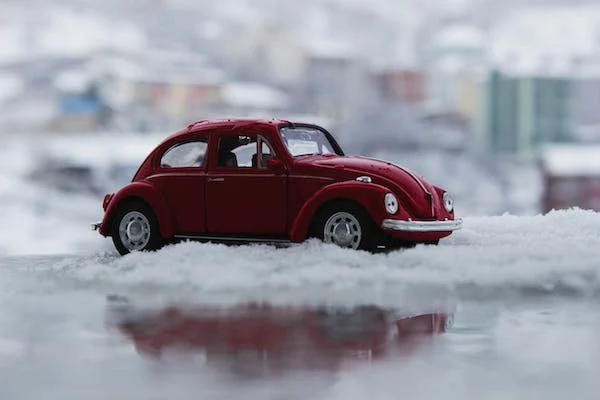
Reflections can add interest and complexity to car photographs, elevating them from ordinary snapshots to captivating works of art. Whether it’s the reflection of the car in a polished surface or the play of light on a glossy paint job, reflections can enhance the visual impact of an image and create a sense of depth and dimension.
To utilize reflections effectively, photographers should look for reflective surfaces such as glass, water, or polished metal, and position the car in a way that maximizes their impact. For example, photographing a car next to a still body of water can create a mirror-like reflection that adds symmetry and balance to the composition. Similarly, capturing the car against the backdrop of a glass building can create intriguing reflections that draw the viewer’s eye and add visual interest to the image.
By incorporating reflections into their compositions, photographers can create dynamic shots that engage viewers and invite them to explore the scene further.
Incorporating Motion Blur
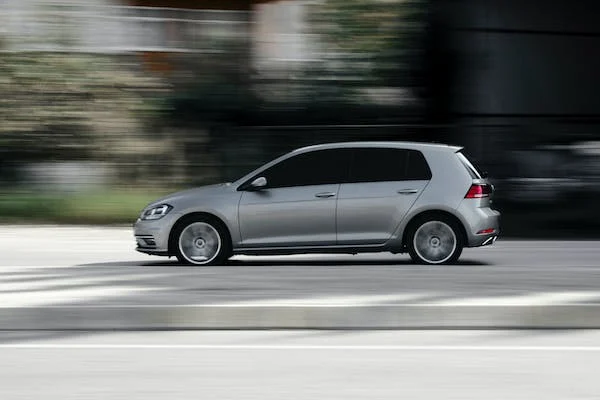
Motion blur is a powerful tool that can convey a sense of speed and movement in car photographs, adding excitement and dynamism to the scene. By experimenting with different shutter speeds, photographers can create images that capture the thrill of the open road and evoke a sense of adrenaline-fueled excitement.
To incorporate motion blur effectively, photographers should experiment with slower shutter speeds and panning techniques to blur the background while keeping the car in sharp focus. This technique creates a sense of motion and speed, making the car appear as though it’s racing through the frame.
Additionally, photographers can experiment with motion blur in controlled environments, such as on a race track or closed road, to capture dramatic shots of cars in action. By combining motion blur with creative composition and careful timing, photographers can create dynamic images that leave a lasting impression on viewers.
Post-Processing for Stunning Results
Post-processing is a critical step in the car photography workflow, allowing photographers to refine and enhance their images to achieve stunning results. From basic adjustments to advanced retouching techniques, post-processing offers endless opportunities to elevate the visual impact of car photographs. Here are additional insights into post-processing techniques to enhance your car photography:
Basic Editing Techniques
Basic editing techniques form the foundation of post-processing, enabling photographers to fine-tune essential elements such as exposure, contrast, and color balance to enhance the overall look and feel of their images. Here’s how to approach each aspect:
- Exposure: Adjusting exposure ensures that your car photographs have the right balance of brightness and darkness. Use exposure adjustments to correct underexposed or overexposed areas, ensuring that details are preserved across the entire image.
- Contrast: Manipulating contrast helps to enhance the overall visual impact of your car photographs by increasing the difference between light and dark areas. Adjust contrast to add depth and definition to the image, making the car stand out against the background.
- Color Balance: Achieving the right color balance is crucial for producing accurate and visually pleasing car photographs. Use color balance adjustments to correct any color casts or inconsistencies in the image, ensuring that the colors appear natural and true to life.

Advanced Retouching Methods
While basic editing techniques lay the groundwork for post-processing, advanced retouching methods allow photographers to take their car photographs to the next level by removing imperfections, enhancing details, and applying creative effects. Here’s how to leverage advanced retouching methods effectively:
- Remove Imperfections: Use cloning and healing tools to remove any distracting elements or imperfections from the car or its surroundings. Whether it’s dust spots, scratches, or blemishes, meticulously retouching these imperfections ensures that the focus remains on the beauty of the car.
- Enhance Details: Bring out the finer details of the car by sharpening key areas and applying selective adjustments to enhance textures and contours. Focus on highlighting intricate design features, such as the curves of the bodywork or the shine of the chrome accents, to create images that are rich in detail and texture.
- Apply Creative Effects: Experiment with creative effects such as vignetting, color grading, and selective blurring to add visual interest and drama to your car photographs. Use these effects sparingly and thoughtfully to enhance the mood and atmosphere of the image without overwhelming the viewer.
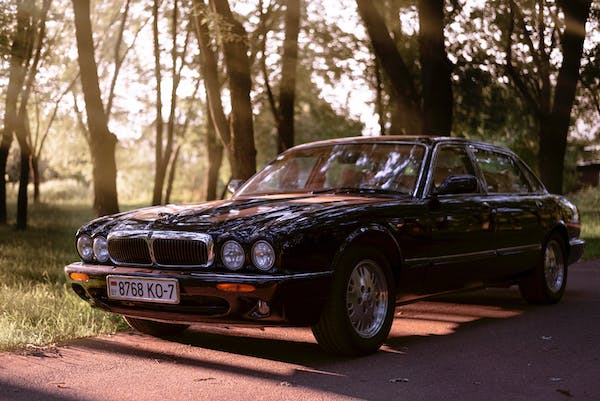
Conclusion
Car photography is a fascinating blend of art and technique, offering endless opportunities for creativity and expression. By mastering essential skills, embracing new technologies, and staying true to your unique vision, you can capture the beauty and excitement of automobiles in captivating images that inspire and delight.
Afterword
We hope that you find this article helpful. Thank you for reading and you’re always free to leave a comment. If you find this article interesting, consider checking out one of our recently published posts. A few of them showcase advancements in technology such as AI Art Generators. On the other hand, if you’re looking towards Photography, we also offer great articles for your inspiration. We also have multiple articles that talk about the various printing mediums for wall art. May these articles give you inspiration for your next print!
Find them here:
Discover the Secret to High-quality Canvas Prints
The 9 Best Canvas Print Companies in 2023
Acrylic Prints: Add Vibrance to Any Space
The Top Food Photography Trends to Try Now
The Ultimate Guide to Continuous Lighting for Photography
Stable Diffusion Tips and Tricks
Best AI Art Generator for Android Phones 2023
We enjoy reading your comments and insights with our posts! Should you have any questions or concerns, feel free to leave them below! -Mark

